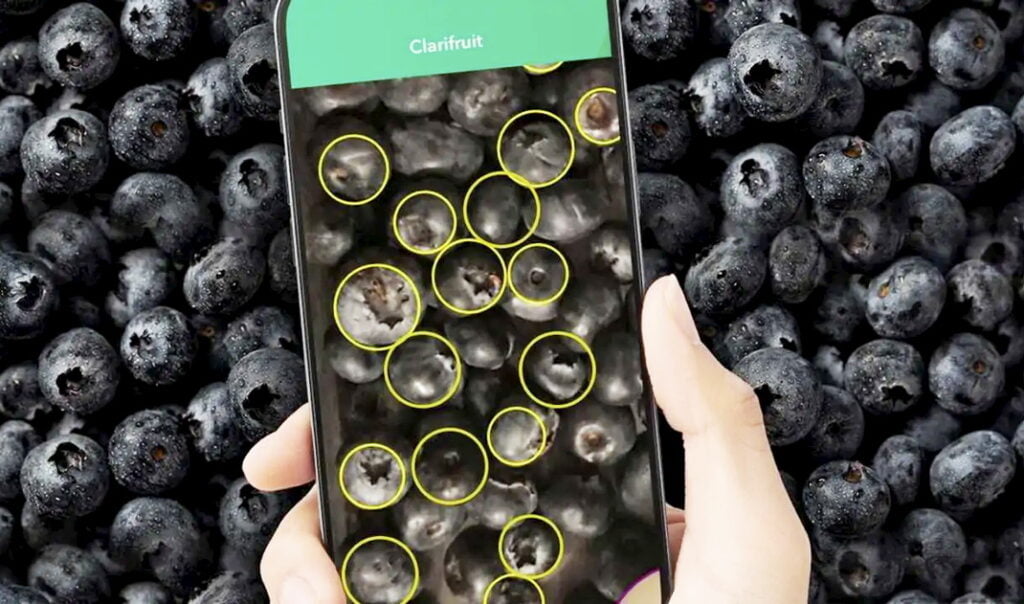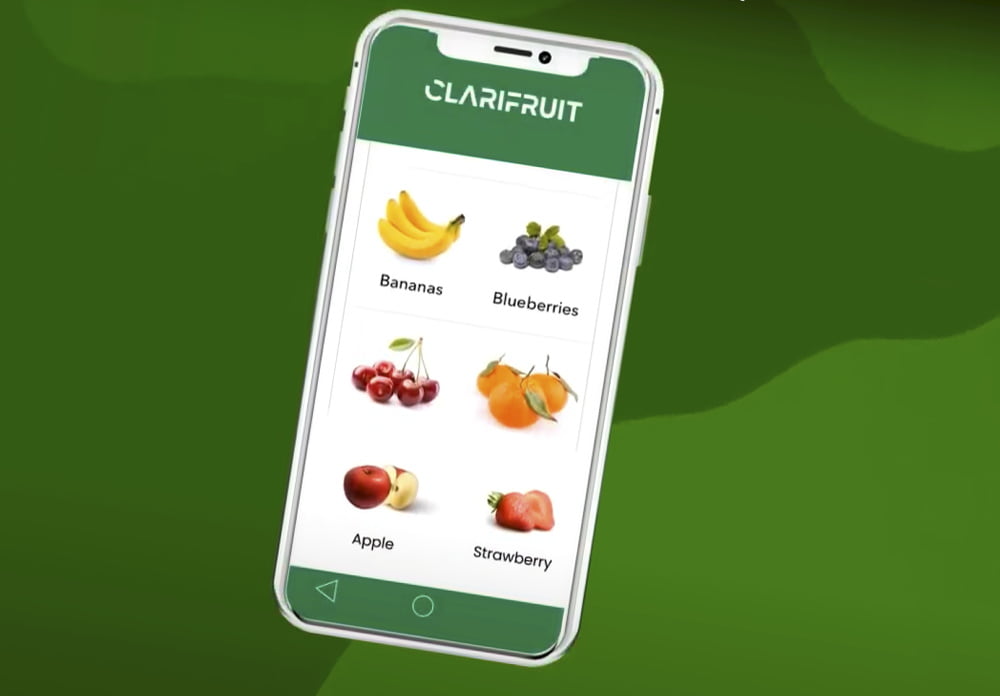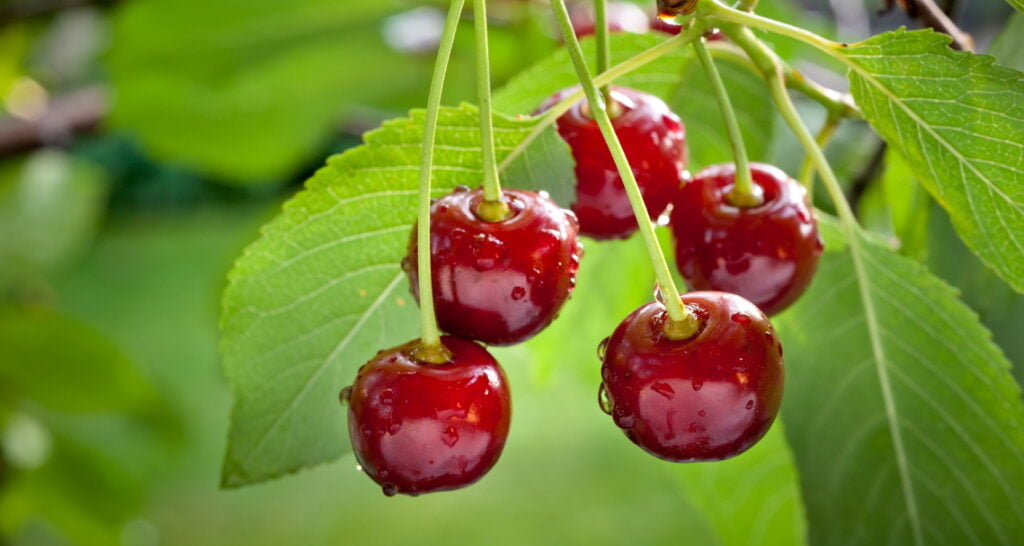Hi-tech solution to trashing almost half the world’s fresh produce
Almost half the world’s fresh fruit and veg goes to waste. We’ve all seen bananas turning black in the fruit bowl, cucumbers covered with white fur in the back of the fridge or soft fruit going moldy in a store display.
Now consider the waste that happens on industrial scale. Entire shipments are trashed on a regular basis, at a cost of $900 billion a year worldwide. That’s 45 per cent of everything that’s grown.
In Australia, university researchers found that over 85 per cent of edible tomatoes from a particular farm in Queensland were being thrown away simply because they were too big, too small, or the wrong shape.

But one of the biggest reasons for trashing fresh produce is that the buyers and sellers don’t speak the same language.
Nobody places an order for a shipment of tomatoes. They specify the size of the tomatoes, the color, what defects they’ll accept (if any), how sweet they are, how firm they are, how acidic and how ripe. It all adds up, typically, to a 20-page document.
Little has changed in the way fresh produce has been assessed over the last 70 years. There’s plenty of room for error and misunderstanding when inspections rely on human judgement. And that leads to a lot of waste.
If a shipment arrives that doesn’t meet the exact spec, the buyers can negotiate on price, or reject it outright. Tonnes of perfectly edible fruit and vegetables can end up being dumped as a result.
The solution, says Israeli startup Clarifruit, is an automated AI-powered method of objectively grading fruit and veg, using pictures taken on a smartphone.

Artificial intelligence has been shown 100,000 pictures of fruit and veg, and has learned to analyze fresh produce regardless of lighting conditions, the kind of phone used or the angle of the picture.
Those pictures, plus the data on internal attributes, such as firmness and sweetness, measured with industry-standard equipment – a durometer and a refractometer – are the basis of a full and objective grading report.
It means everyone in the supply chain understands exactly what they’re buying or selling. So when the seller says their tomatoes are grade B, the buyer knows exactly what to expect.
“Our computer vision technology uses AI to ensure that inspections are fully objective,” says Elad Mardix, the company’s CEO & Co-Founder, “and don’t rely on human QC (quality control) managers eyeballing a shipment and making a manual judgment which can change from inspector to inspector, or at different times of day.
“In a perfect world there wouldn’t be a quality mismatch.” But there are three problems, he says. “The first is that the seller and the buyer don’t speak the same language with respect to quality.

“Problem number two is that the quality inspection process. There’s a person who actually uses sizing calipers to measure the fruit, and he looks at a color palette, in order to evaluate the color. It’s manual, subjective, and inconsistent.
“And problem number three is the lack of real time information.” Fresh produce changes day by day during the time it’s harvested, stored and transported.
Sign up for our free weekly newsletter
SubscribeEvery buyer has their own particular requirements. Clarifruit standardizes the way those requirements are measured, so that, for example, the buyer and the seller both understand what shade of red is acceptable for a tomato, and what is not.
“You no longer need to send a 20-page PDF defining how the supplier should inspect the supply and grade. You just give them access to your quality spec on the cloud platform. And they will perform their QC (quality control) based on that,” says Mardix.
“There is no one else in the world who’s offering an AI-powered quality control platform for fresh produce. My dream is to become a verb. Like Google.”
He believes Clarifruit can become a standard measure for the quality of fresh produce, so that people in the industry will simply say “can you Clarifruit that for me?”
It’s not just about reducing waste. It’s also about maximizing profit. “We give these guys real-time actionable insights so they can make decisions based on data rather than intuition,” says Mardix.
The Clarifruit story began in 2018 after Co-founder Avi Schwartzer, picked a surprisingly bland clementine from a tree in his backyard.
“I had a eureka moment that would eventually lead me to co-found Clarifruit,” he said.
“Finding no end-to-end tool on the market that could accurately perform QC of fruits and vegetables, I set about developing one myself.
“Along the way, I discovered that the way fruit and vegetables are picked and evaluated has hardly changed in decades.
“In fact, while digital transformation is revolutionizing every industry under the sun, fruit and vegetable QC has been left in the shade.”
Today it says it has 25 of the biggest global brands as its clients, including Dole, one of the world’s largest fruit and vegetables producers with a 2021 revenue of $6.5 billion, Mucci Farms, the Canadian tomato specialists, Zespri, the world’s largest marketer of kiwi fruit, the global fruit grower SanLucar, and Pink Lady apples.
You might think that the Clarifruit solution needs everyone to be on board to work, if it aims to standardize quality control, but that’s not the case, says Mardix.
“The ROI (return on investment) has got to be compelling, on a standalone basis,” he says. “They are going to enjoy somewhere between 50 to 75 per cent saving on the time of the inspection and the cost, because it’s automatic. And we’re going to help a grower or a retailer to reduce your rejections and reduce waste.”
Related posts

Editors’ & Readers’ Choice: 10 Favorite NoCamels Articles

Forward Facing: What Does The Future Hold For Israeli High-Tech?

Impact Innovation: Israeli Startups That Could Shape Our Future




Facebook comments